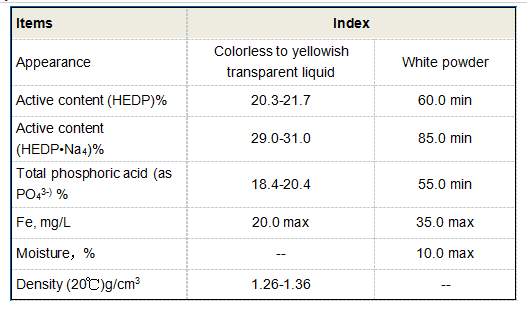Hydrolyzed Polyacrylamide Applications and Benefits in Various Industries
Hydrolyzed Polyacrylamide A Versatile Polymer with Diverse Applications
Hydrolyzed polyacrylamide (HPAM) is a synthetic polymer derived from polyacrylamide, a well-known water-soluble polymer used in various industrial applications. The process of hydrolysis involves the reaction of polyacrylamide with water, resulting in a product that contains both cationic and anionic characteristics, depending on the degree of hydrolysis. This unique composition gives hydrolyzed polyacrylamide its versatile properties and broadens its applicability across various fields, including agriculture, oil recovery, wastewater treatment, and personal care products.
One of the primary uses of HPAM is in enhanced oil recovery (EOR). In the oil industry, HPAM serves as a viscosifier that helps in improving the efficiency of oil extraction. When injected into oil reservoirs, HPAM increases the viscosity of water, enabling it to sweep through the porous rock formations more effectively. This process enhances the displacement of crude oil, thus maximizing extraction rates. As oil fields mature and conventional extraction techniques become less effective, the use of HPAM in EOR has gained significance, leading to increased attention from researchers and industry professionals alike.
In addition to its applications in the oil sector, HPAM is extensively utilized in agricultural practices. The polymer acts as a soil conditioner, improving the water retention capacity of soil and enhancing its structure. When applied to arid and semi-arid regions, HPAM can help in combating soil erosion and improving crop yields. The ability of HPAM to form gels in the presence of water creates a micro-environment that allows for better moisture retention around plant roots, ultimately leading to more resilient crops. Moreover, its role as a biopolymer can facilitate the slow release of fertilizers and nutrients, further enhancing agricultural productivity.
hydrolyzed polyacrylamide

Wastewater treatment is another critical area where hydrolyzed polyacrylamide finds application
. In this context, HPAM serves as a flocculant, aiding in the aggregation and sedimentation of suspended particles in water. By effectively binding particles together, HPAM simplifies the separation of solids from liquids, thereby improving the efficiency of wastewater treatment processes. This property is particularly valuable in municipal and industrial wastewater treatment facilities, where the removal of contaminants is essential for environmental protection and compliance with regulatory standards. The increasing global emphasis on sustainability and clean water initiatives has further bolstered the demand for effective flocculants like HPAM.The personal care industry has also recognized the potential of hydrolyzed polyacrylamide. With its film-forming and thickening properties, HPAM is commonly found in various cosmetic products, including lotions, shampoos, and conditioners. Its ability to provide a smooth texture and enhance the feel of formulations makes it a popular choice for manufacturers. Furthermore, HPAM is non-toxic and biodegradable, aligning well with the growing consumer preference for eco-friendly and sustainable beauty products. As consumers become more conscious of the ingredients they apply to their skin, the demand for natural and safe alternatives like hydrolyzed polyacrylamide is expected to rise.
While HPAM boasts numerous benefits, it is essential to understand the environmental and health implications associated with its use. Although HPAM is generally considered safe, concerns regarding the potential toxicity of its precursors have prompted further research into its safety profile. Regulatory bodies continue to assess the impacts of synthetic polymers on the environment, emphasizing the need for sustainable production processes and practices.
In conclusion, hydrolyzed polyacrylamide stands out as a versatile polymer with a wide range of applications. From enhancing oil recovery efforts to improving agricultural practices, treating wastewater, and contributing to personal care formulations, HPAM plays a significant role in various industries. As research continues to unveil new applications and improve the sustainability of its production, hydrolyzed polyacrylamide is poised to remain a vital component in tackling some of the pressing challenges facing our world today. Its adaptability and functionality underline the importance of this polymer in advancing both industrial processes and environmental conservation efforts.
-
Water Treatment with Flocculant Water TreatmentNewsJun.12,2025
-
Polymaleic AnhydrideNewsJun.12,2025
-
Polyaspartic AcidNewsJun.12,2025
-
Enhance Industrial Processes with IsothiazolinonesNewsJun.12,2025
-
Enhance Industrial Processes with PBTCA SolutionsNewsJun.12,2025
-
Dodecyldimethylbenzylammonium Chloride SolutionsNewsJun.12,2025





